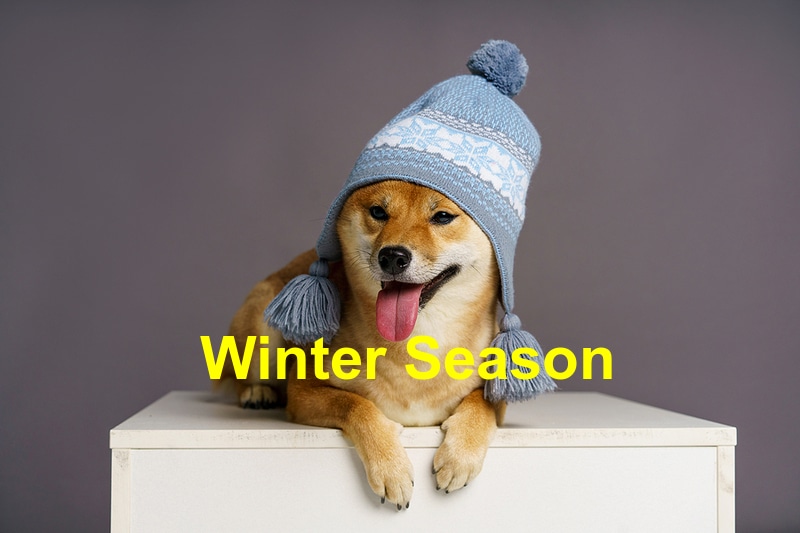Winter is probably the toughest season for many animals including human beings. Despite their ability to maintain a stable body temperature, dogs do struggle in cold weather and, therefore, need to be taken care of during difficult weather. Winter temperatures have been known to affect the health of many animals despite their ability to keep a homeostatic balance. Temperatures tend to become too cold for dogs when they fall below 5 degrees Celsius. Below -10 degrees Celsius is considered potentially risky for dogs.
Effects of Cold Weather on Dogs.
The most common threat of cold weather in dogs is hypothermia, a condition whereby the body temperature of the dog falls way below the normal body temperature. This condition causes stiffening of the muscles and slows the rate of breathing and heart rate. This results in inactivity and numbness and the dog could potentially die especially if the heart rate goes too low. Frostbite is another common effect of very low temperatures. Frostbites affect the ears, paws and tails.
What Breeds are Vulnerable?
As a general rule, dogs with a short coat are more susceptible to being affected by cold weather. Breeds without an undercoat are also more prone to cold weather. Siberian huskies, Alaska malamutes and Samoyeds and other northern breeds will have fewer problems in cold weather. Furthermore, short-legged breeds find it difficult to cope with cold weather and manoeuvre through snow. Young puppies and old or sickly dogs should be given heating facilities since they are less likely to cope up.
Signs of Temperature Vulnerability
These are the signs to look out for to know if your dog is affected by cold weather. Shivering is the greatest indicator of a dog being overwhelmed by cold. Secondly, inactivity and withdrawal indicate that temperatures are too low and the dog is being overwhelmed. Furthermore, dogs will seek safety whenever they feel too cold. Dogs will prefer hiding in their kennel or try going into the house. These signs should tell you that it is time to take the dog to the house or provide heating services.
How to Deal with Cold Weather in Dogs
Caring for your dog during cold weather will potentially save its life and maintain its health. First of all, providing appropriate heated shelter for the dog helps minimize a majority of the problems. Dogs need protection especially from the falling ice storms and chilly temperatures. Additionally, dogs can be covered with a piece of clothing to prevent heat loss and keep warm. Additionally, regularly check the paws to remove any snowballs which may cause frostbites. Finally, consult with your veterinary officer to get professional help.
References: AVMA, Petinsurance




